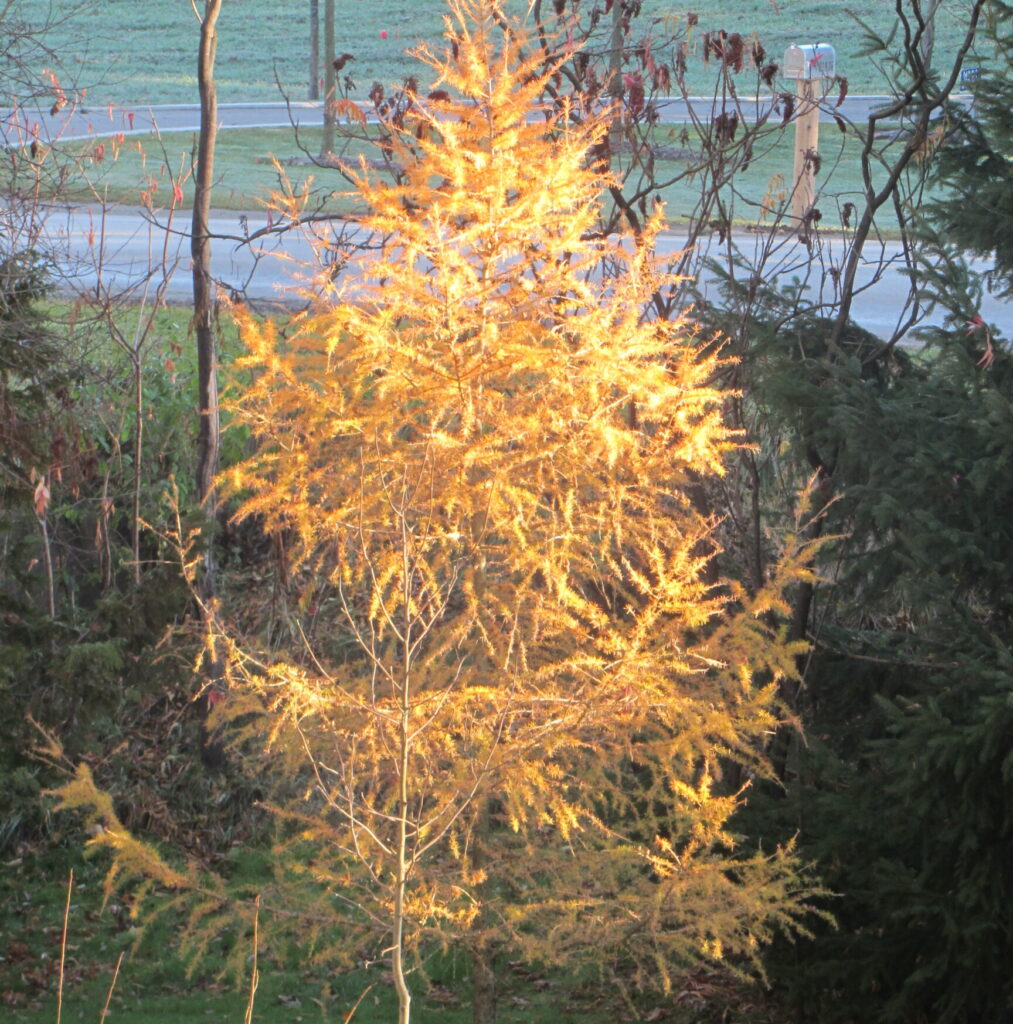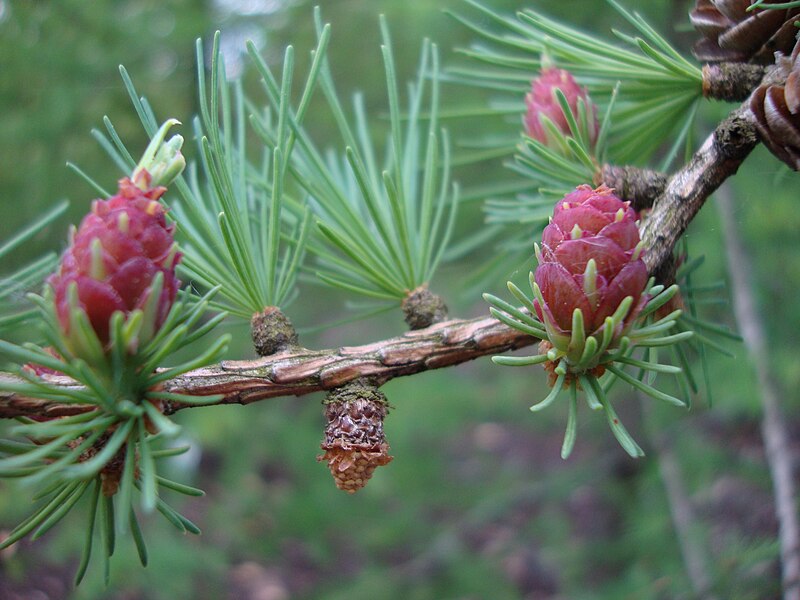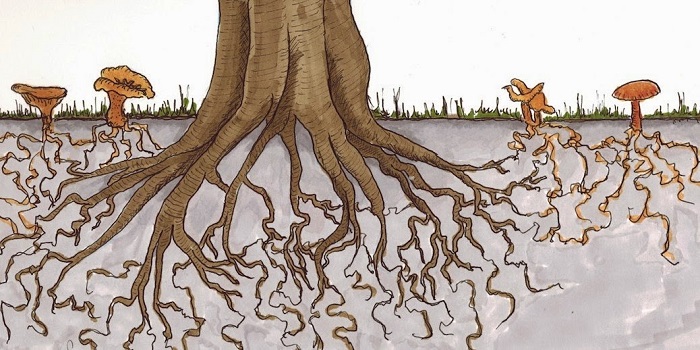
I think most people have a genus of tree that is their favourite. My favourites are tamarack trees.
Our favourite could be a large old gnarled cedar tree, ideal for climbing when we were young or just a perfect place to sit and think. It could be a neighbour’s apple tree that produces the best-tasting fruit or even a majestic maple tree that gives us a shady place to have a picnic in the hot summer and beautiful colour in the fall. For whatever reason, our favourite kind of tree often evokes good memories of certain people and happy times when we were young.
Why they’re my favourites
The Tamarack (Larix Laricina) is my favourite for a couple of reasons. Years ago, I went to Tamarack Public School as my dad and grandfather had before me. Originally it was a one-room yellow-brick school building. This was replaced in the mid-1950s with the two-room red-brick building that I attended. The school was called Tamarack because of all the tamarack trees that grew in the local marshes. The name of the school changed when it became a regional school and more rooms were added in the late ’60s. To this day though, there are a few tamaracks left in the nearby marshes that my dad had helped plant over 60 years ago.
Tamaracks or larches are native to Ontario but they aren’t that common in these southern parts as they prefer cooler wetland areas. They are of the pine family and are a dominant plant of the boreal forests of Ontario and Canada as well as in Russia. Their growth habit is pyramidal, with a tall but slender shape, which makes them an interesting specimen tree. What is also unique about the tamarack is that they are a deciduous conifer, meaning that their green needles turn a golden yellow in the late fall and drop, leaving the skeleton form for the winter until new growth appears in the spring.
Growing conditions for Tamarack trees
Tamaracks grow best in full sun and in average fertile, acidic, and moist but well-drained soil. They detest the heat and drought so careful placement is a must. I can attest to this because the first time I planted tamarack on my property, in honour of my Dad when he passed away, it didn’t survive and I was very upset.
My second chance to grow tamarack came a few years ago when a friend of mine was pulling up stakes and moving out of Ontario. She invited her gardening friends to come and help themselves to some of her plants. We loved the idea of having something of hers in our gardens to remember her. In the back corner of her city lot was a small ‘Charlie Brown’ tamarack in a pot and she explained that it had never been planted because she really had no space for it.
This was my chance to redeem myself! So I asked her if I could give it a good country home. She seemed pleased with my suggestion. I brought it home and this time I planted it by the creek’s edge where it continues to thrive.
Here’s what I learned about planting and growing tamaracks
- Purchase trees from a local nursery and plant in spring or summer.
- Prefers well-drained, acidic, cool moist soils such as those found near streams or in wet areas
- They’re big. Give them lots of space eg 20 to 30 feet apart.
- I like them in a naturalized setting, not in a lawn where the falling needles may annoy you.
- In any decent soil, they should not require any fertilizer
- Avoid planting in the shade, near air or water pollution or on hot sites.
- Birds and other wildlife enjoy these trees for food and shelter.
- Care – remove any dead limbs that may occur. Aphids can target new growth. Spray insecticidal soap to kill them if they infest young trees. On tall, mature trees, just let ladybugs and other predators do their job.
Each fall I gaze out the window at that golden tamarack. It is a reminder that the cold winter is coming but is also a warm reminder of happy school days, my wonderful Dad and my special gardener friend who entrusted me with her little tree.

Buds of the Tamarack, Larix laricina
http://8ff.ad6.myftpupload.com/fall-good-time-prune/





About The Author: Nancy Abra
The family kitchen garden has always been a big part of my life from the early days growing up on a farm to current days gardening near Thorndale, Ontario.
I have honed my gardening knowledge with various courses including a certificate in Horticulture from the University of Guelph, ongoing training with the London Middlesex Master Gardeners, active membership with the local Horticultural Society and as a volunteer gardener at Fanshawe Pioneer Village, It has always been important to me to feed my family from the best of my garden or from locally grown produce. For almost 50 years of preserving, canning, pickling, and using heirloom recipes including some of my own creations, I have developed tasty preserves for my family and friends which I market locally with the brand name "From My Garden".
More posts by Nancy Abra